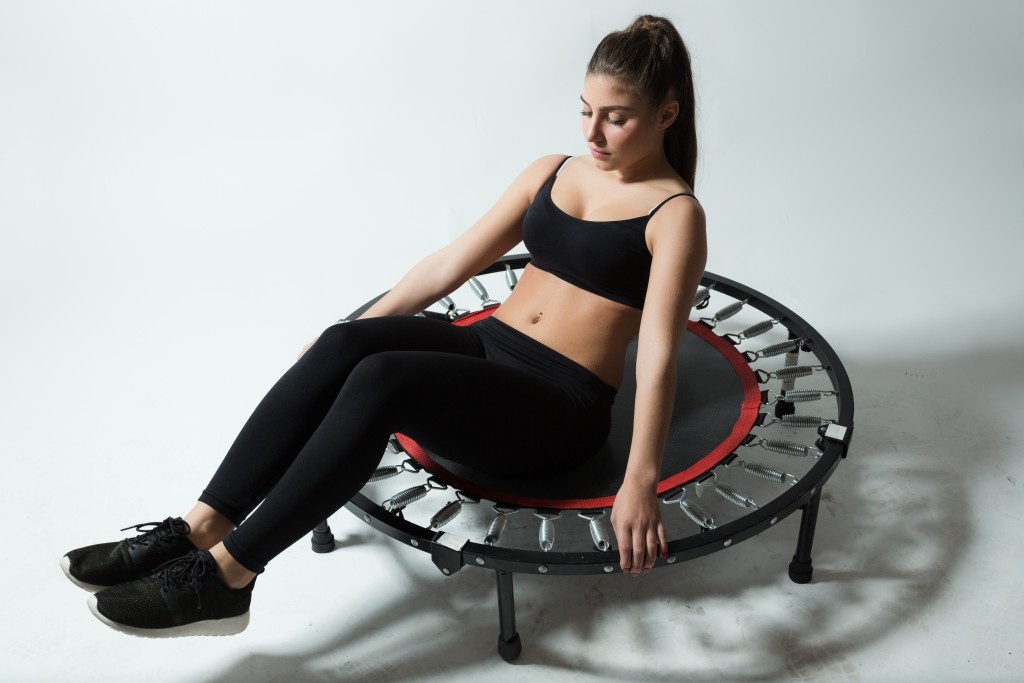Trampolines have evolved from equipment for sports to sources of fun for children and adults alike.
Usually framed by metals, trampolines use a canvas sheet or webbed bed that is supported by extension springs. In Michigan, several amusement parks feature these buoyant mats for fun, including AirTime Kids Indoor Trampoline Games and Urban Air Adventure Park. Getting one for your home is also easier now.
In sports, athletes use the trampoline to buoy themselves up and showcase acrobatic moves midair.
How to jump
A 2007 The Guardian article quotes John Beer, then-technical manager of the British Gymnastics Association for Trampolining, said you must first walk around the trampoline to get a feel of it. This is because there will be different tensions in varying areas of the trampoline. You will also get accustomed to the middle part of the trampoline which is the bounciest part.
Jumping on a trampoline is just the same as jumping on the floor where you bend your knees and get a push up through your feet. You may extend your arms in front of you or put up your head. Try to keep your back straight. When landing, bend your knees just a little bit to keep the bounce going.
Where to focus
When you are up in the air, do not focus on the cross mark in the middle of the mat. While this mark shows the point which will give you the optimum point for jumping, it will also make you focus on putting the center of your gravity at the front of your feet, resulting in a loss of balance. Instead, keep your eyes trained at the end of the trampoline.
Give yourself time before you try making some movements midair. Learn how to control your vertical jumps first and how you land. You should also try increasing the height of your jump little by little.
Exercises on the trampoline
 For beginners, you may try doing single-leg bounces by putting weight in your right foot then lifting the other foot. Jump up and down for two minutes then do the same on your other leg.
For beginners, you may try doing single-leg bounces by putting weight in your right foot then lifting the other foot. Jump up and down for two minutes then do the same on your other leg.
The elderly meanwhile can do regular jogging, while lifting their knees higher as they progress.
If you found your balance in jumping, you can add squats too. Start by putting your legs apart a little wider than the distance of your hips. Lower your hips into a squat, then jump. Keep your arms extended overhead. After landing, get back into a squat.
Benefits of trampoline
Trampoline exercise is a workout for the whole body. It can firm up your arms, stomach, thighs, and hips. Your legs will benefit greatly too. A National Aeronautics and Space Administration (NASA) study also shows that trampoline exercise is better than running. This is because the trampoline will absorb and thus soften some of the shocks on your joints.
You will also gain better coordination and balance through the trampoline exercise. As such, your core muscles will be strengthened and your lower back will be tauter.
Trampoline exercise will also help you get better sleep. Beer said in The Guardian report that a University of Konstanz, Germany showed that it will increase the time of one’s sleep during the Rapid Eye Movement (REM) because the exercise involves unfamiliar motor skills. Longer REM sleep means better problem-solving skills and aids in learning.




